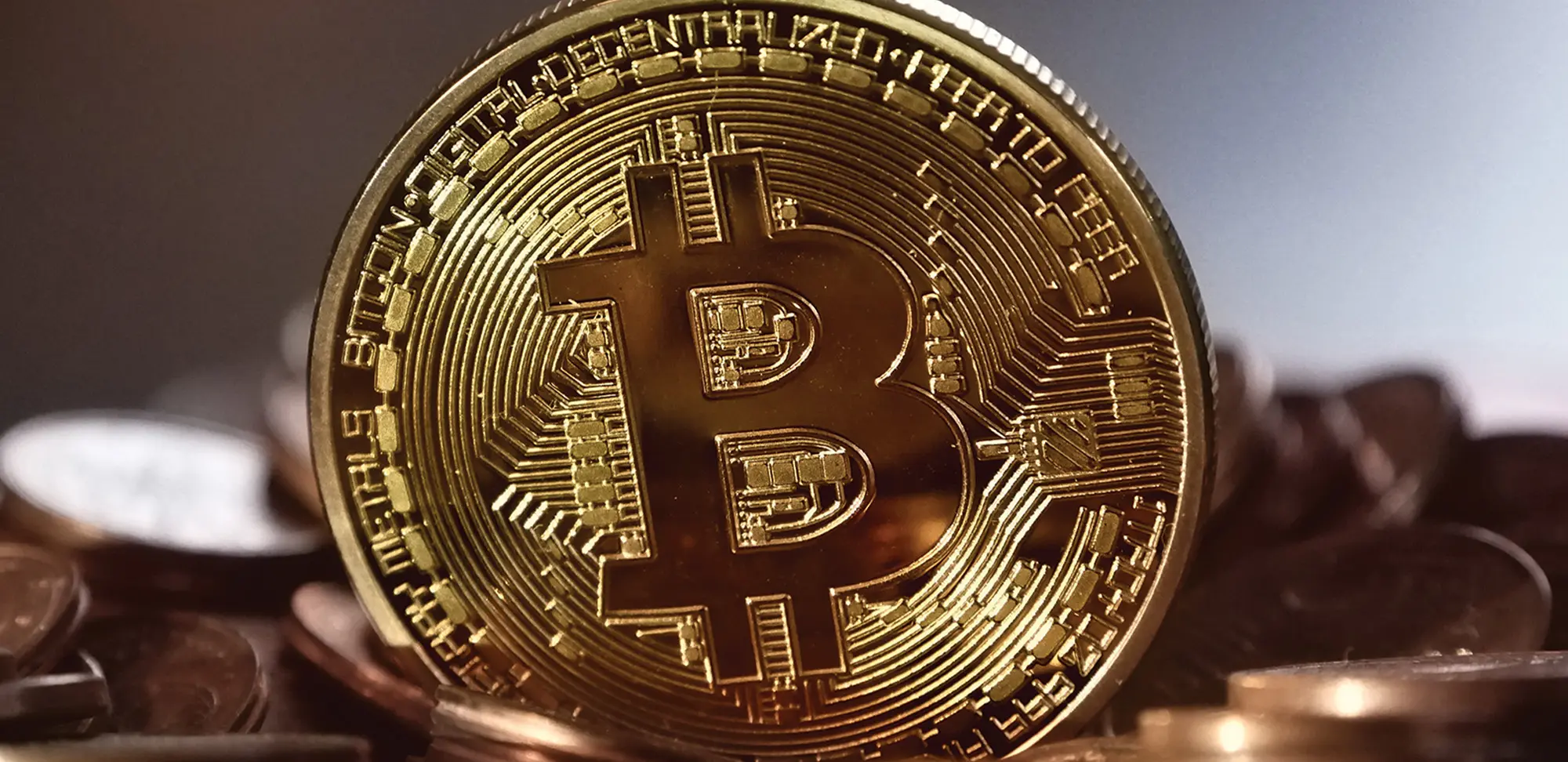I expect you’ve been reading a lot about cryptocurrency. If you’re a little confused — is it actually money? — you’re not alone.
Cryptocurrency is a decentralized digital encrypted currency. So, there isn’t oversight, like the Bank of Canada backing its value and regulating its distribution. Literally everyone in the world can have access to it if they have an account, money and the internet.
The cryptocoin market is based on blockchain technology. Bitcoin and Ethereum are the most popular, but there are thousands of different crypto-currencies in circulation.
Here’s how it works
The blockchain is a program that verifies and records electronic payments using computer code. It’s like a highly complex digital ledger. Many transactions are recorded to create a “block.” Everyone who transacts using cryptocurrency has a copy of these blocks that make up the total blockchain, and whenever transactions happen, they are updated and verified in the blockchain.
“Proof of work” and “proof of stake” are two different validation techniques used to verify transactions before they’re added to a blockchain. The companies that do this work — with heavy-duty server farms — are rewarded with more cryptocurrency.
Mining for cryptocurrency isn’t for the faint of heart
Crypto “mining” is how new units of cryptocurrency are brought into the world. To get these units, you need to validate transactions, and that takes copious amounts of energy to process digitally. Theoretically, if you own cryptocurrency, you can mine it, but chances are you don’t and won’t have the computing power to pull it off.
Paying with cryptocurrency
Crypto is probably the currency of the future. But right now, it’s not accepted as a mainstream payment method. However, big payment platforms like PayPal are now accommodating cryptocurrency payment methods, which is a sign of things to come. Until cryptocurrencies are accepted more broadly, you’ll be limited as to where and how you can spend it.
If you’re trying to pay a person or retailer who accepts cryptocurrency, you’ll need a cryptocurrency wallet — a.k.a. “cold storage” — which is a software program that interacts with the blockchain and allows you to pay with cryptocurrency or to receive it. The transfer happens using the QR code or wallet address of the person you are transacting with. And, transactions are not instantaneous; those heavy-duty servers need time to validate them.
Investing in crypto is kind of like buying a bar of gold, but it’s digital gold
The intrigue in investing in crypto is high because a lot of people have made — and lost — piles of money by investing in the currency itself. Just like you’d buy stock from the stock exchange, you buy crypto from cryptocurrency exchanges, such as Coinbase and Bitfinex. And because cryptocurrency is in short supply (as I write this piece) the prices are high, and because the prices are high, if you go all-in on buying a few coins, it doesn’t allow for the same diversification that you would get from a mutual fund or ETF.
Should you invest in crypto?
Because it’s new, unregulated and extremely volatile, cryptocurrency investing is considered high risk. So, your investment risk profile would need to be a five out of five (five being the highest risk level possible) for it to make sense for you to invest. It’s speculative and subject to massive price swings.
Now, if you’ve got that itch to invest in crypto or in a crypto company because you believe in the concept, why not set up a “play” portfolio that allows you to explore with limited dollars invested, thus reducing your overall risk relative to the other, safer investments in your retirement portfolio.










